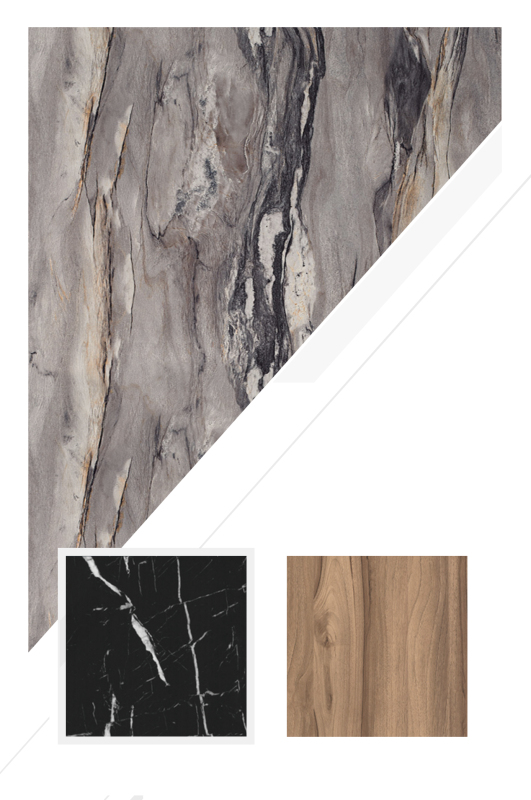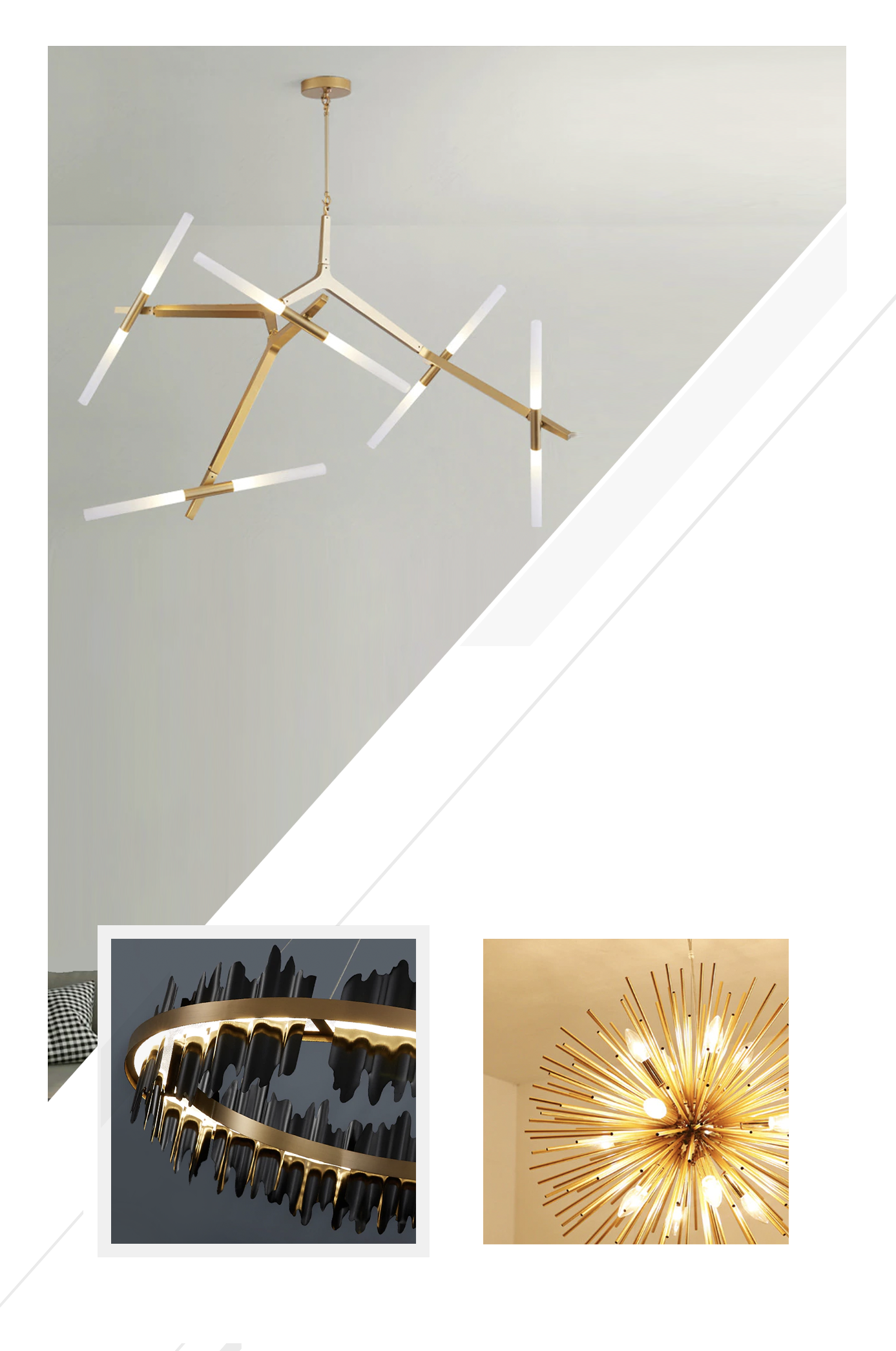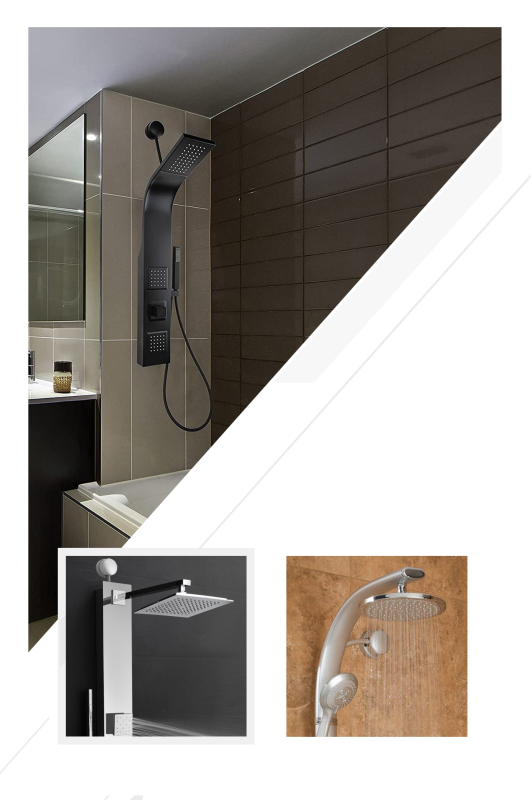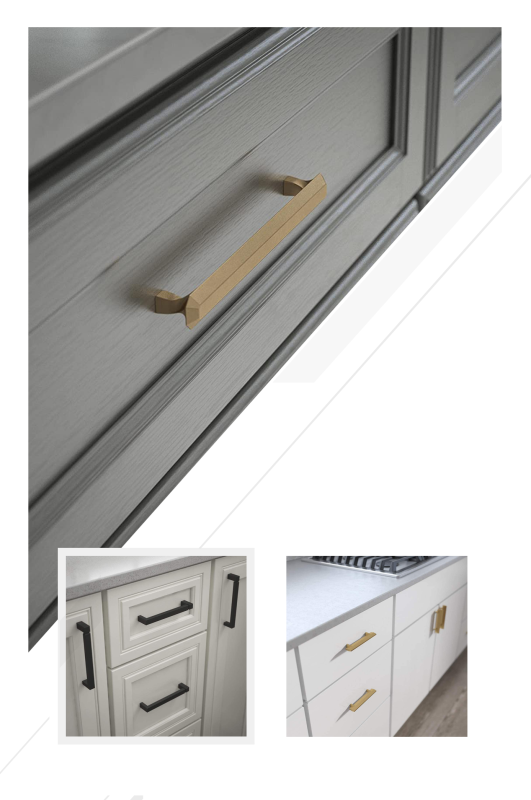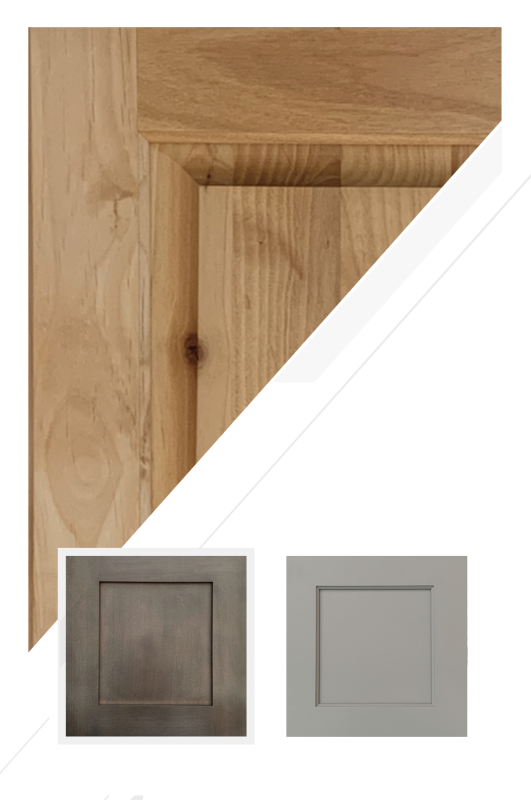Best Practices for Indoor Air Quality During and After Construction
By Joy Line Homes California
When people picture their dream home, they usually think about floor plans, finishes, and views. Very few think about something invisible yet incredibly important for comfort and health. Indoor air quality. In a modern prefab or modular home from Joy Line Homes, the building envelope is snug and efficient. That is exactly what you want for energy savings, but it also means whatever gets into the air can linger if it is not managed carefully.
The good news is that clean indoor air is not a mystery. It is the result of dozens of small, smart decisions made during and after construction. From the paint that goes on the walls to the way dust is handled during finishing, every choice adds up. Think of it as building an invisible comfort system that works in the background for you and your family every day.
Why Indoor Air Quality Matters So Much
In older, drafty houses, outside air sneaks in through cracks and gaps. In a high performance prefab home, those leaks are sealed. That is wonderful for comfort and energy use, but it also means dust, fumes, and moisture need somewhere to go. Without good ventilation and smart material choices, you may end up trapping irritants inside the very home that is supposed to feel like a sanctuary.
Poor indoor air can contribute to headaches, allergies, and general fatigue. It can aggravate asthma in children and older adults. It can also dull the “new home joy” when the space feels stuffy or smells too strongly of chemicals. When your air is clean, you notice it in the opposite way. You walk in, take a deep breath, and your body instantly relaxes.
Step One: Start Clean on Paper
The path to good air quality begins long before the first wall panel is set. It starts when you and your builder sit down and make choices about materials and systems. This is the moment to ask questions about low VOC products, ventilation design, and how dust will be controlled on site.
For a Joy Line Home, many of those decisions can be baked into the factory process. Wall assemblies, insulation, and finishes are installed in a controlled environment. That gives you an advantage, because it is easier to keep materials dry, off the ground, and clean while the home is being assembled. You can work with the team to prefer products with low emissions and sustainable certifications so that the home starts out with a lighter chemical load.
Smarter Material Choices
Not all building materials are created equal from an air quality standpoint. Some paints, adhesives, and sealants release strong fumes called volatile organic compounds. Some composite woods contain added formaldehyde. None of that fits well with a calm, healthy California lifestyle, especially in a well sealed modular home.
This is why many Joy Line homeowners choose zero VOC or low VOC paints, water based finishes, and formaldehyde free cabinets and trim. Even small upgrades, such as choosing a low emission flooring underlayment or an adhesive with a gentler chemistry, can make a noticeable difference in how the home smells and feels in the first months after move in.
Storage matters too. If there are paints, solvents, or cleaners used during construction, they should be stored in a ventilated area, not trapped inside a closed home overnight. Keeping those products out of the future living space as much as possible is a simple way to prevent lingering odors.
Ventilation During the Messy Phases
Construction has a messy side. Drywall sanding, painting, and flooring installation all stir up dust and release smells. In a factory setting, that work can be carefully managed. Once the home is on your property and crews continue with finishing, ventilation becomes the star of the show.
Whenever sanding, painting, or sealing is happening, the air needs a path to move. That might mean open doors and windows, portable fans that blow air out instead of recirculating it, or temporary filtration units that grab fine dust out of the air. What you do not want is a home sealed tight while fresh paint and adhesive fumes are still at their strongest.
Keeping Dust Under Control
Sawdust and gypsum dust do not look dangerous, but they can be surprisingly persistent. If they are not controlled, they settle on surfaces, sneak into ducts, and end up circulating throughout the home later.
A clean job site is a healthy job site. That means regular sweeping and vacuuming with HEPA equipped equipment, not just pushing dust into the air. It means protecting registers and vents so debris does not fall into the ducts. It also means removing scrap, packaging, and debris quickly instead of letting it build up around the house.
For homeowners, it can be helpful to ask your builder how dust control will be handled. A simple conversation up front signals that air quality is a priority for you, and that sets the tone for everyone who works on the project.
Protecting the Heart of the Home: The HVAC System
Your heating and cooling system is like the lungs of the house. If a lot of construction debris finds its way into the ductwork before you even move in, that dust will travel with every cycle of the fan. Protecting the HVAC system during construction is one of the most powerful ways to safeguard indoor air.
The ideal approach is to keep the permanent HVAC system turned off while the messiest work is happening. If temporary heating or cooling is needed, portable units can be used instead. Supply and return openings should be covered during sanding and sawing, then uncovered and carefully cleaned when work is complete. Once everything is finished, high quality filters can be installed and changed more frequently during the first few months of occupancy.
Moisture, Mold, and the California Climate
California is famous for its sunshine, but many regions still see fog, coastal moisture, and seasonal rain. Even in a modular home that arrives with tight construction and modern materials, moisture is something to watch closely. Where there is persistent moisture, mold can eventually follow.
Bathrooms and kitchens should always have well vented fans that send moist air outdoors. Exterior penetrations need proper flashing and sealing. Crawl spaces should be protected with vapor barriers where appropriate. During and after construction, any leak, drip, or unexplained damp area deserves quick attention. It is much easier to prevent mold than to remove it after it has taken hold.
In some parts of California, wildfire smoke is an extra air quality concern. In those situations, the combination of good filters, mechanical ventilation, and the ability to close windows when outdoor air is smoky can make a big difference in comfort and safety.
The First Ninety Days in Your New Home
Move in day is exciting. Boxes, furniture, pets, kids, and a fresh set of house keys. In the background, though, your new home is still gently settling. Paints are curing, cabinets are relaxing into place, and some materials may still be releasing a light amount of odor.
This is the moment to be generous with fresh air. When the outdoor air quality is good, open windows and doors for cross ventilation. Turn on bathroom and kitchen fans regularly. Run the HVAC system with a good quality filter, and swap that filter more often than you will later. If you have a portable air purifier with a carbon filter, this is a great time to use it in the main living area or bedrooms.
Humidity is another quiet factor. Keeping indoor humidity in a comfortable middle range helps prevent mold, preserves finishes, and keeps the air feeling pleasant. In most Joy Line Homes, thoughtful insulation and energy efficient design already support that balance. A small humidifier or dehumidifier can help fine tune things when needed.
Healthy Habits for Everyday Living
Once the construction dust has settled and the punch list is complete, your day to day habits take over as the main drivers of indoor air quality. The good news is that small routines can make a big difference.
Choosing milder cleaning products, skipping indoor smoking, and venting moisture from showers and cooking all support cleaner air. Regularly vacuuming with a machine that has a HEPA filter keeps fine dust out of circulation. Washable doormats at entries trap outdoor dirt before it makes its way into rugs and carpets.
Some homeowners like to bring a little nature indoors with plants such as snake plants, spider plants, and peace lilies. While they are not a replacement for ventilation and filtration, they absolutely add to the sense of freshness and calm in a home. Combine that with open windows on a clear California morning and you have a simple recipe for a space that feels genuinely alive.
Testing, Tuning, and Staying Curious
If you are ever unsure about your indoor air quality, you do not have to guess. There are simple test kits and monitors available for formaldehyde, VOCs, carbon dioxide, and particulates. These tools can confirm that everything is working as it should or help point out areas that need attention.
When a Joy Line Home is designed with good materials, strong ventilation, and thoughtful construction practices, these tests often come back reassuringly low. If they ever reveal a problem, you have a map for making improvements. Maybe it is time to upgrade filters, adjust ventilation settings, or look for a hidden moisture source. Treat it like a health check for your house.
Building a Home That Feels as Good as It Looks
At the end of the day, indoor air quality is about quality of life. You chose a modern modular home because you care about design, efficiency, and smart use of space. Protecting the air inside that home is a natural extension of those values.
By planning ahead, choosing better materials, insisting on dust control, protecting the HVAC system, and building healthy habits into daily life, you give your Joy Line Home an invisible upgrade that you can feel with every breath. Clean air is quiet, but it changes the way a home feels. It makes mornings brighter, evenings more relaxing, and sleep a little deeper.
When you step through the door and the space smells fresh, feels calm, and supports your health, you know the effort was worth it. That is the real goal. A home that not only looks beautiful on the outside, but truly feels good on the inside.
We are based in Santa Cruz County ,
California
Tel: (831) 888-Home
Email: info@joylinehomes.com
Business Hours: 9am - 6pm

